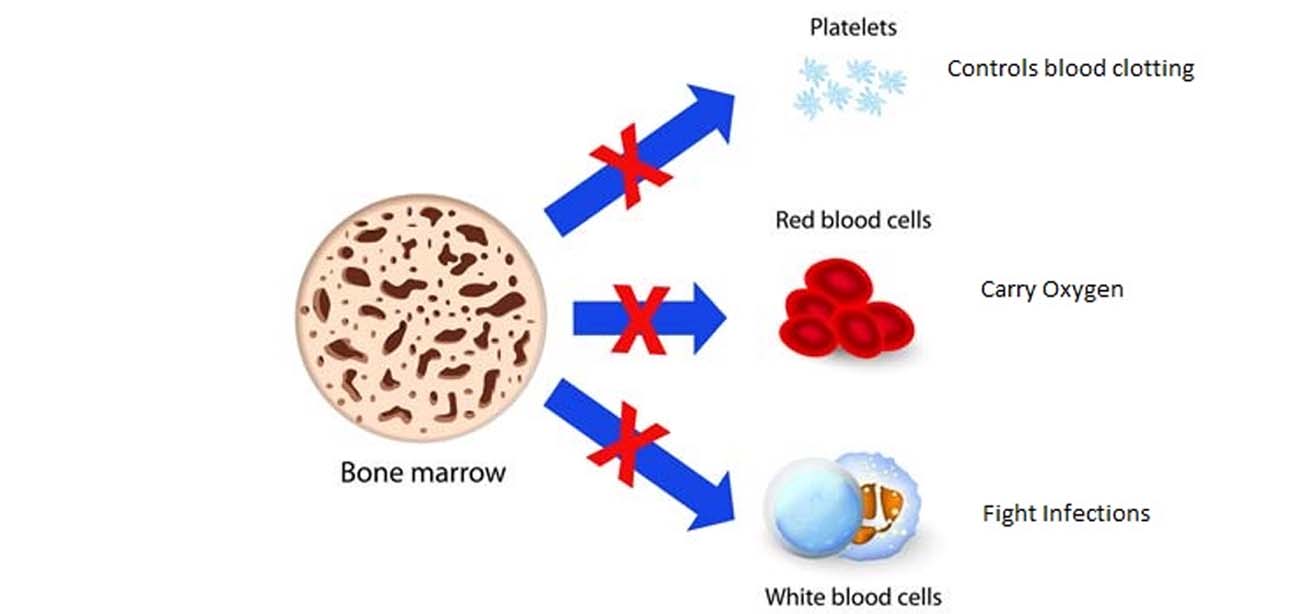Best Doctor for Aplastic Anemia Treatment in Mumbai, India

What Is Aplastic Anemia?
When you have the rare but treatable disorder known as aplastic anemia, your marrow -- the spongy stuff inside your bones -- stops making new blood cells. Sometimes it stops making just one type, but more often you become low on all three: red and white cells, and platelets.
It can develop slowly or come on suddenly. If your blood count gets low enough, it can be life threatening.
How Is It Treated?
If your doctor can identify the cause of your aplastic anemia and get rid of that trigger, the condition may go away. But doctors can rarely pinpoint the exact cause.
If your case isn’t severe, you may not need treatment unless or until your blood count drops below a certain level. If it does, your doctor may prescribe hormones or drugs to help your bone marrow make more blood cells. She may also suggest antibiotics and anti-fungal medications to fight infection.
Most people with aplastic anemia will need a blood transfusion at some point.
If your blood count is very low, your doctor may suggest a bone marrow or stem cell transplant to boost your body’s ability to make blood cells. You would need a donor whose blood is a close match. This procedure can sometimes cure aplastic anemia, but it is most successful in younger people, with the donor marrow from a close relative.
If a transplant is not an option for you, your doctor may prescribe medication to try to stop your body from attacking your bone marrow.
Both of these treatments have serious risks, so talk with your doctor.
Living With Aplastic Anemia
If you have this disorder:
- Stay away from contact sports to avoid injuries and bleeding.
- Wash your hands often.
- Get your annual flu shot.
- Avoid crowds as much as you can.
- Check with your doctor before taking a flight or going to a high elevation where there is less oxygen. You may need a blood transfusion first.
Schedule Your Consultation Now
Dr. Shweta Bansal, a top pediatric hematologist-oncologist in Mumbai offers best treatment for Aplastic Anemia in Mumbai, India with effective care and support.
Pediatric Hematology
Copyright © Childhood Cancer Care | Dr. Shweta Bansal.